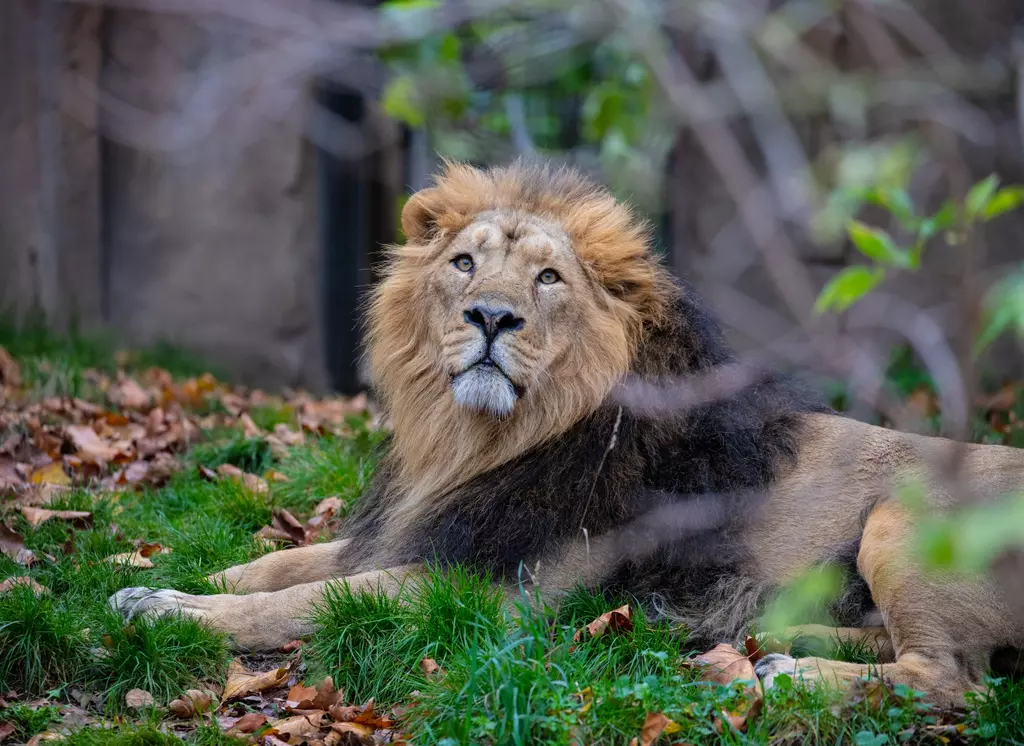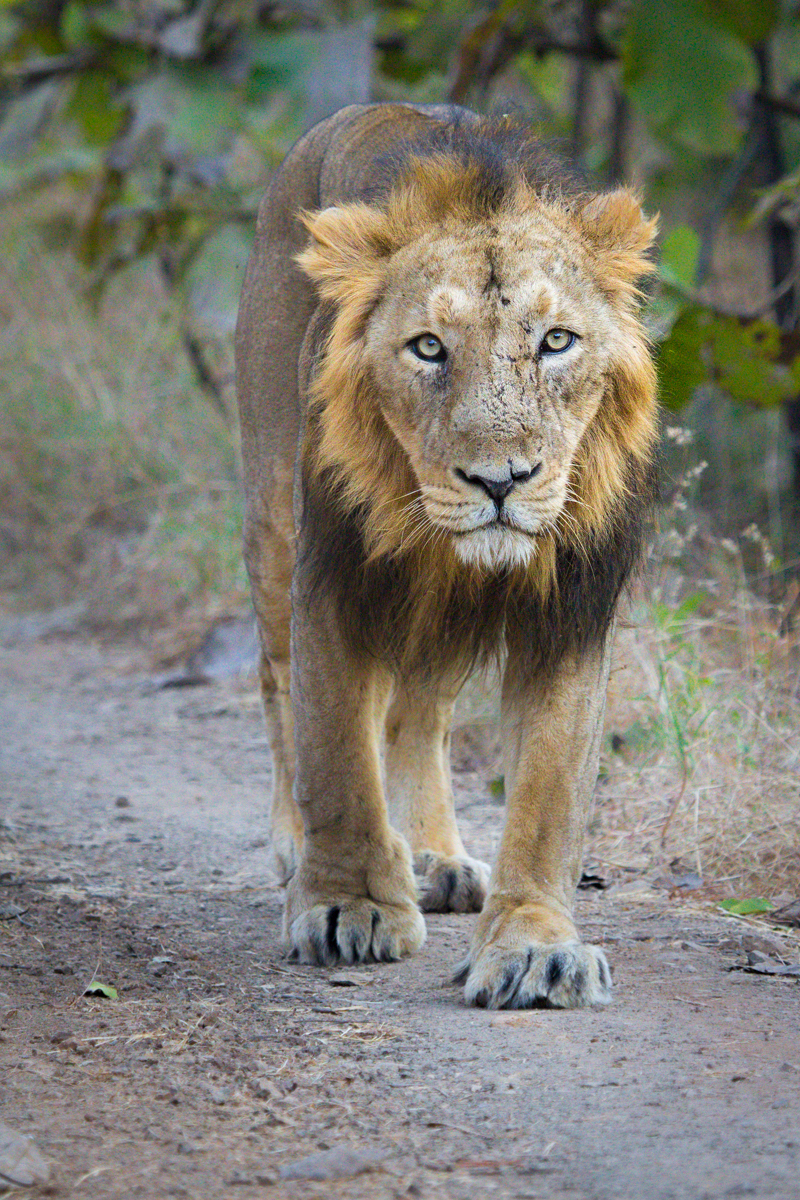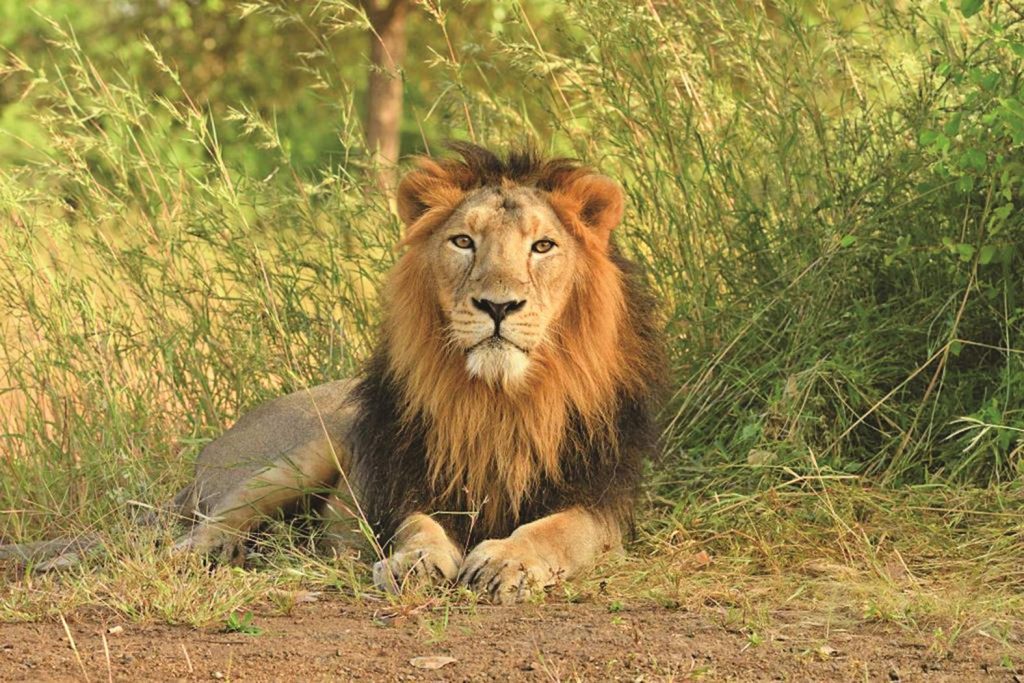
The Asiatic lion (Panthera leo persica) stands as a symbol of power, resilience, and the need for conservation efforts. This magnificent big cat once roamed across vast regions of Asia, but today, its population is confined to the Gir Forest National Park in the Indian state of Gujarat. In this article, we will explore the unique characteristics of the Asiatic lion, the challenges it faces, and the conservation initiatives aimed at ensuring its survival.

The Asiatic lion is a subspecies of the more widely known African lion. While sharing many physical traits with its African counterpart, the Asiatic lion has distinct features that set it apart. These lions typically have a shorter and sparser mane, and their size is slightly smaller. Their unique genetic lineage has adapted to the diverse ecosystems of the Indian subcontinent.

Once widespread throughout the Middle East and the Indian subcontinent, the Asiatic lion’s range has significantly diminished over the years. Habitat loss, human-wildlife conflict, and hunting have contributed to the decline in their population and restricted their territory to the Gir Forest. Understanding the historical range highlights the urgency of conservation efforts to protect this endangered species.

The Asiatic lion faces numerous challenges that threaten its survival. Habitat fragmentation due to human activities, poaching, and diseases are among the primary concerns. As the population of the Asiatic lion is concentrated in a single location, the risk of a catastrophic event, such as an outbreak of disease, poses a severe threat to the entire species.

Recognizing the critical status of the Asiatic lion, conservation initiatives have been implemented to safeguard this majestic species. These efforts include habitat restoration, community engagement programs, and strict anti-poaching measures. The involvement of local communities in conservation activities is crucial for promoting coexistence and reducing human-wildlife conflict.

Tourism plays a dual role in the conservation of the Asiatic lion. On one hand, responsible eco-tourism can generate funds for conservation projects and raise awareness about the importance of preserving this species. On the other hand, unregulated tourism can pose a threat to the lions and their habitat. Balancing the two is essential for the long-term well-being of the Asiatic lion.
The Asiatic lion is a testament to the resilience of wildlife in the face of challenges. As we strive to protect this endangered species, it is imperative to address the root causes of its decline and work collaboratively to ensure a sustainable future. Through conservation efforts, responsible tourism, and global awareness, we can contribute to the preservation of the Asiatic lion and celebrate its role as a symbol of strength and biodiversity in the Asian landscape.


